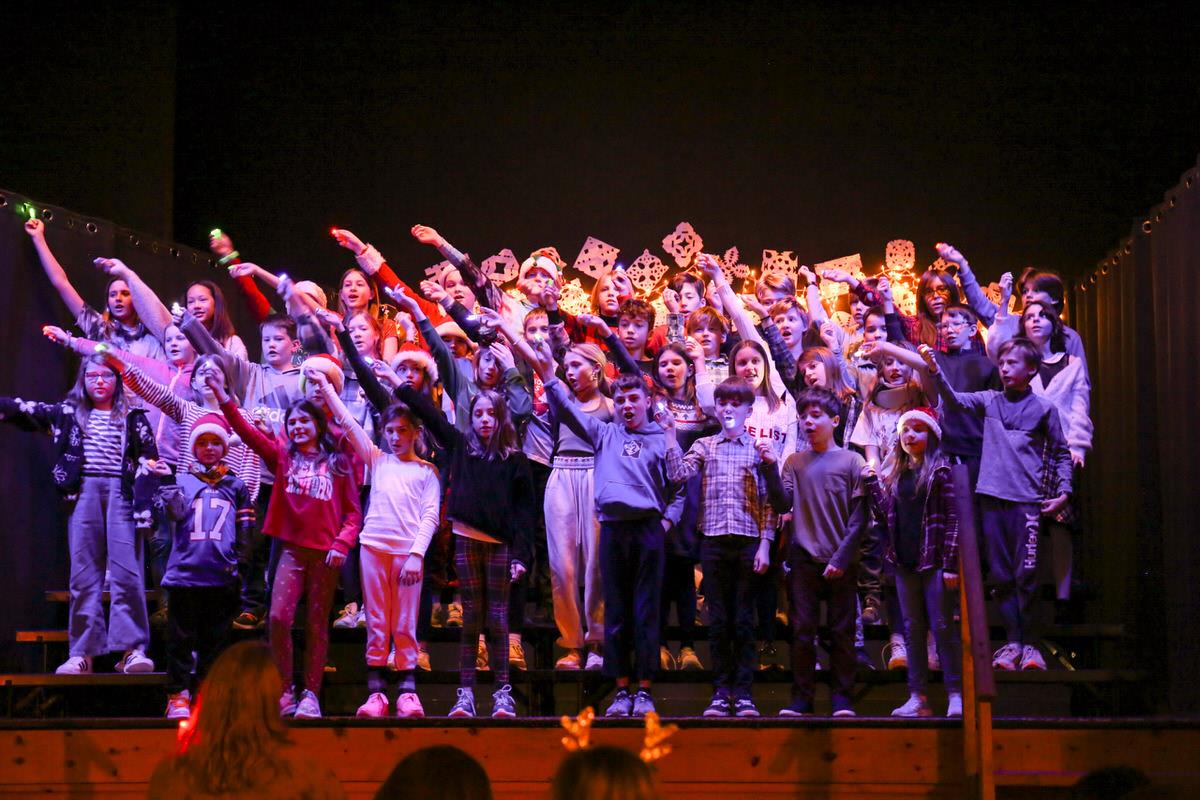“Where words fail, music speaks”
- Hans Christian Andersen
Where we have been -
This has been a year like no other. While I was preparing to begin my 4th year teaching at The Children’s House, there was some reflection upon what had come before- different projects, programs, focuses, etc. One thing I noticed was the impact that Covid had on the curriculum choices. These were not necessarily second tier choices, but projects that I may not have been drawn to if health concerns did not exist. As it was, the Primary got to learn about and try a new percussion instrument every week in group time. Lower Elementary embraced the ukulele and Orff instruments. The Upper Elementary built violins, and the Junior High created instruments out of found objects in the woods. The students’ creativity and ability to make music and art, in the face of adversity, is something I am grateful for.
Where we are -
This brings us to what we are doing now, this year. We have studied and learned how to play several different instruments these last few years, but there was one thing that was left out, a focus on singing. Partially for the obvious reasons stated above (I am avoiding saying the dreaded C---- word again). But, because singing as a group can be a tricky thing. Not everyone is comfortable being so vulnerable and open, to what can feel like, a critical ear. Our school community needed to be able to embrace the sounds we could make together before we could think about growing them.
The students seemed “game for it” this year as we started to focus on learning to sing better on pitch by using tuned bells and the piano to train their ears. Through singing short, new songs and introducing Kodaly solfege the students have developed a strong sense of high and low pitches and matching their voice to a pitch played. One of the best comments I heard while preparing for the Seasonal Sing was, “This part is too high for me.” That was music to my ears because that demonstrated a clear understanding of their vocal range and ability, identifying the issue, and then feeling comfortable enough to voice it to me as their teacher. While it may sound strange, I was extremely proud at that moment- that student had just shown me how much they had grown as a young musician and that we can work together toward a solution! The sense of pride and accomplishment the students had after the Seasonal Sing was one of the best moments to be a part of.
What’s next –
So, what do we go to next? Do we follow the model of constantly striving for something bigger and better? Do we go back to basics and focus on strong foundational skills? Ask the students what they want to do?
I am inclined to a mixture of those three. Give the students an option to work on all three ideas, allowing them to have a sense of ownership over what they are focusing their time on. The idea of working on larger long-term projects gives everyone a goal to work towards and working on fundamentals is incredibly important too. Furthermore, having a performance or showcase at the end of the hard work provides closure, or satisfaction, of a job well done. Thus, allowing one’s music to “speak for them”.


